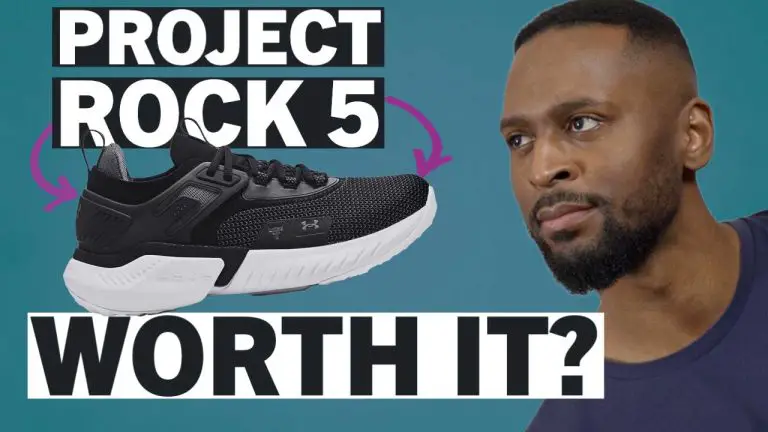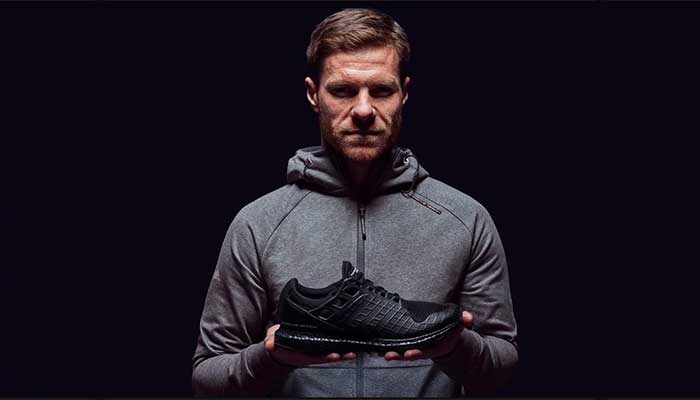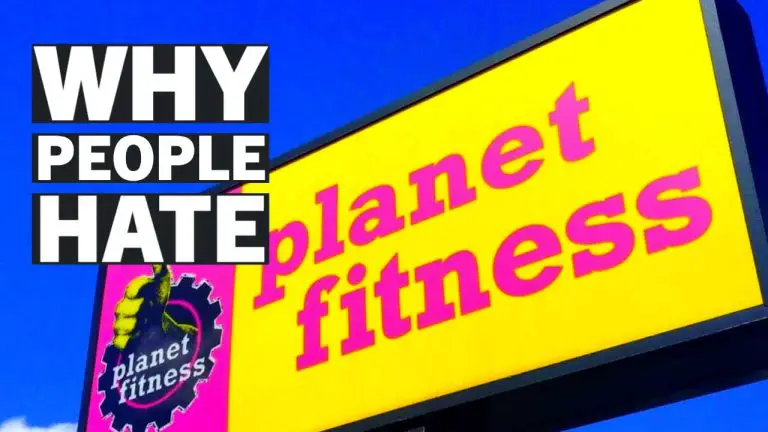How to Get V Shape Body: Expert Tips for a Defined Physique
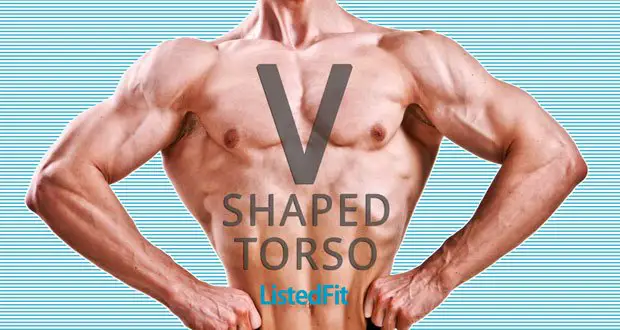
ListedFit is reader-supported. When you buy through links on our site, we may earn a small commission.
Achieving a V-shaped body is a common fitness goal that many individuals, particularly men, aspire to. This coveted body shape is characterized by broad shoulders, a wide upper back, and a narrow waist.
Attaining this physique not only enhances one’s appearance but also improves overall physical strength and athletic performance.
In this article, we will not only show you how to get a v shape body, but we will discuss the key factors and steps involved in accomplishing this.

One of the essential aspects of how to get a v shape body is understanding which muscles contribute to this particular shape.
The primary muscles involved include the latissimus dorsi (lower back muscles), deltoids (shoulder muscles), and abdominal muscles.
By targeting these specific muscle groups through effective exercises and following a well-structured workout plan, you can gradually develop this sought-after body shape.
Key Takeaways
- A V-shaped body is achieved by developing broad shoulders, a wide upper back, and a narrow waist.
- Targeting the latissimus dorsi, deltoids, and abdominal muscles through effective exercises is crucial.
- A well-structured workout plan, diet, and regular cardio contribute to obtaining the desired V-shape much faster.
Table of Contents
Why is the V-Shape Body Considered Important?
A V-shaped body is considered visually appealing by many.
The V-shape physique is characterised by broad shoulders, a well-developed back, and a slim waist, all of which contribute to the idea of a balanced and strong body.
In this section, we’ll discuss the importance of a V-shaped body and how it can improve your health and self-esteem.
Achieving a V-shape body requires dedication and effort, but the rewards go beyond aesthetics.
When you work on developing this shape, you’ll also be enhancing your overall physical strength and fitness. This is because the exercises involved in obtaining a V-shape body, such as deadlifts and shoulder presses, target various muscle groups that contribute to core strength, stability, and functional movement.
Moreover, having a V-shaped body or a body with a good balance of muscle in the right areas can point to an improved posture, minimising the risk of injury, and enable you to perform day-to-day activities easier.
Better posture is of course a good thing in the long run, alleviating discomfort, even enhancing the way you breathe, and promoting proper spinal alignment not just when you train but during your normal everyday life.
Additionally, a strong and well-conditioned physique can effectively protect your joints and prevent strains, sprains, and other injuries.
Aside from physical benefits, obtaining a V-shaped body can have a significant impact on your confidence. People notice a V-shaped physique.
Seeing the results of time and effort invested into your physical fitness and seeing the results and also seeing others notice your results can of course make you feel more self-assured and boost your self-esteem.
The v-shaped body has been an aesthetic goal in bodybuilding for a very long time.
A toned and powerful body can not only improve your appearance but also lead to an increased sense of self-worth and accomplishment.
Lastly, working towards a V-shape body even if you’re not a bodybuilder like Arnold Swartzenegger can contribute to a healthier lifestyle overall.
This goal encourages you to adopt better habits, balanced nutrition, and proper recovery, which in turn can improve your overall well-being and longevity.
Pursuing a V-shape body is not just about aesthetics; it can profoundly impact your physical health, functional fitness, confidence, and general well-being.
Keep these benefits in mind as you strive to achieve this desirable physique, and remember that consistency and commitment are key to getting results that last.
What Muscles Give You The V Shape?
The V-shaped torso is a body shape that many people strive to achieve.
In order to develop this physique, it is essential to focus on specific muscles, particularly the lats, deltoids, and abdominals.
Lats
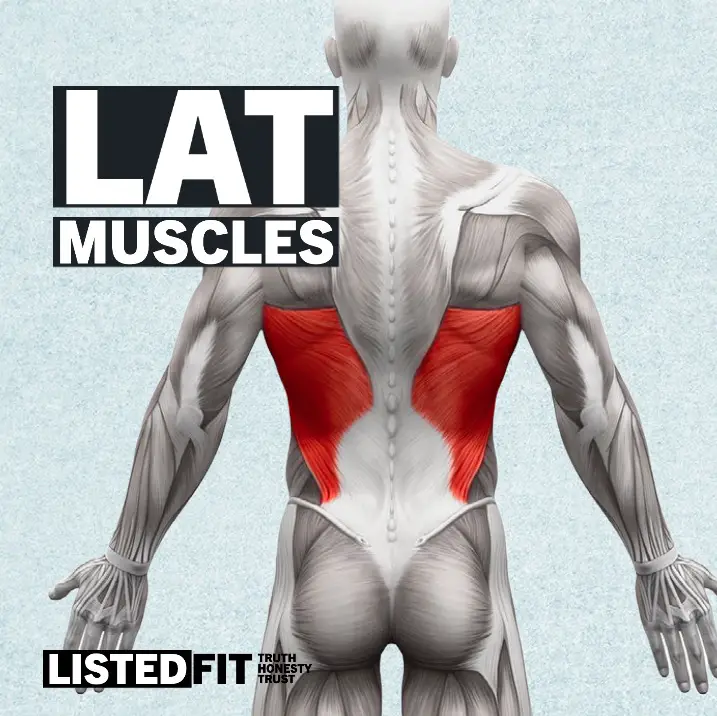
The latissimus dorsi, or lats, are the large muscles of your lower back that flare out towards your sides.
These muscles are crucial for achieving a V-shaped body, as they create width in your back and help emphasise the tapering effect towards your waist.
To effectively work your lats, consider incorporating exercises like:
- Pull-ups and chin-ups
- Bent-over rows
- Lat pulldowns
Deltoids
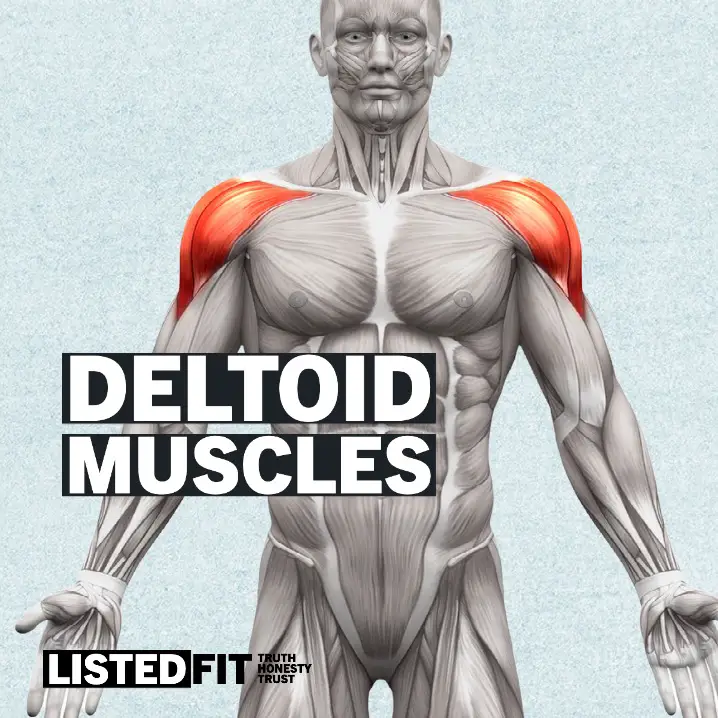
The deltoids are the rounded, triangular muscles that cover the shoulder joint. They consist of three parts: the anterior (front), lateral (side), and posterior (rear) deltoids.
To obtain a V shaped torso, you’ll need to target all three heads of the deltoid. This will result in broader shoulders that further accentuate the tapering effect.
Some effective exercises for each part of the deltoid include:
- Anterior deltoids: shoulder press, front raises
- Lateral deltoids: lateral raises, upright rows
- Posterior deltoids: reverse flyes, face pulls
Abdominals
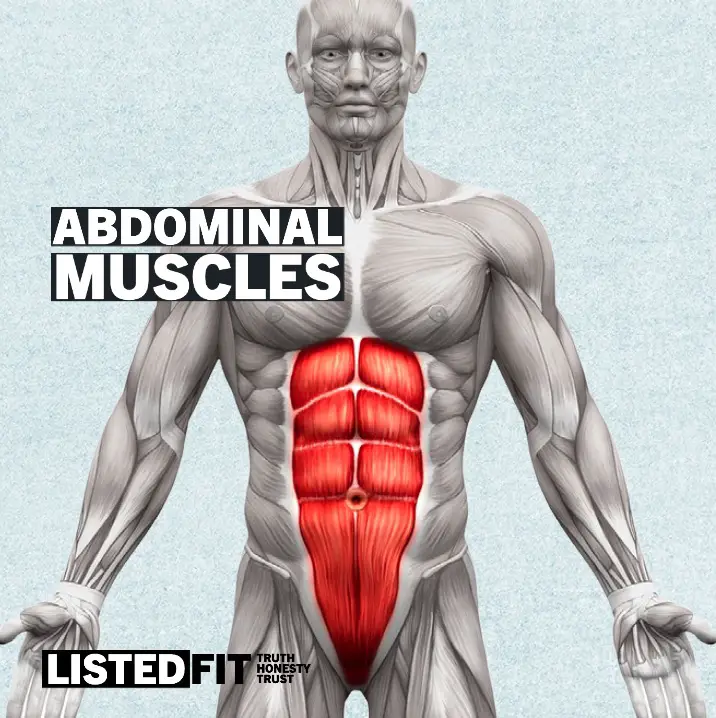
Finally, having a well-defined core is essential when figuring out how to get v-shaped torso.
The core consists of your rectus abdominis (six-pack muscles), obliques (sides), and transversus abdominis (deep core).
Developing these muscles will help create a more pronounced V-line and overall v-shaped body and the results will be visible pretty quickly.
Some of the most effective abdominal exercises include:
- Lower abs: leg raises, reverse crunches
- Obliques: side planks, Russian twists
- Overall core: planks, deadbugs
Remember, a combination of targeted exercises and a disciplined diet will help you develop the necessary muscles for a V-shaped body.
By focusing on strengthening your lats, deltoids, and abdominals, you can work towards achieving this desired physique.
Exercises For V-Shape Body
Use these to build your workout program around.
Pull-Ups and Chin-Ups
To develop a V-shape body, pull-ups and chin-ups are essential exercises that target your lats and biceps.
They help widen your back and build overall upper body strength.
For best results, aim to perform 3-4 sets of 8-12 reps. Remember to maintain correct form by fully extending your arms at the bottom and squeezing your shoulder blades together at the top.
Lat Pulldown
Lat pulldowns are great for targeting your lats and increasing back width.
Incorporate various pull-down movements such as the straight arm lat pulldown and the close grip lat pulldown.
Aim for 3-4 sets of 8-12 reps, ensuring you feel a full stretch of your lat muscles while performing each repetition.
Barbell and Dumbbell Rows
Rows are crucial for building a thicker, wider back, ultimately adding to the V-shape appearance.
Some key exercises include bent-over rows, one-arm dumbbell rows, and seated cable rows.
Perform 3-4 sets of 8-12 reps for each rowing exercise, striving to maintain proper form to maximise contraction in your back muscles.
Deadlift Variations
When figuring out how to get v shaped torso, deadlifts are major.
Deadlifts, as a compound exercise, are essential for building overall strength and helping develop your lower back muscles.
Incorporate conventional deadlifts and stiff-legged deadlifts into your workout routine to target different muscle groups.
Generally, aim for 3-4 sets of 6-10 reps with a challenging weight, ensuring you maintain good form throughout the lift.
Lateral Raises and Shoulder Press
Focusing on your shoulders will further enhance the V-shape appearance by creating symmetry with your overall upper body.
Perform lateral raises and overhead shoulder press exercises for 3-4 sets of 8-12 reps each.
These movements target your lateral, front, and rear deltoids, rounding out the shoulder muscles and increasing width.
Core Workouts
Lastly, core workouts will help you achieve a more defined V-shape by toning your abdominal muscles.
Include exercises such as hanging leg raises, bicycle crunches, and planks in your workout plan.
Perform 3-4 sets of 10-15 reps for each exercise, aiming to maintain resistance and proper form.
Diet and Nutrition for V-Shape
To achieve a V-shape body, paying close attention to your diet and nutrition is crucial. You must follow a balanced and healthy diet to fuel your body for building muscle and shedding excess body fat.
Calories: First, make sure you’re consuming the right amount of calories for your goals. If your aim is to lose body fat, maintain a calorie deficit to encourage your body to burn fat for energy.
On the other hand, if you’re focusing on building muscle mass, consume more calories than your body expends.
It is important to adjust your daily calorie intake as your body changes, ensuring that you continue to see progress.
Use this TDEE calculator to figure out how many calories you should aim for.
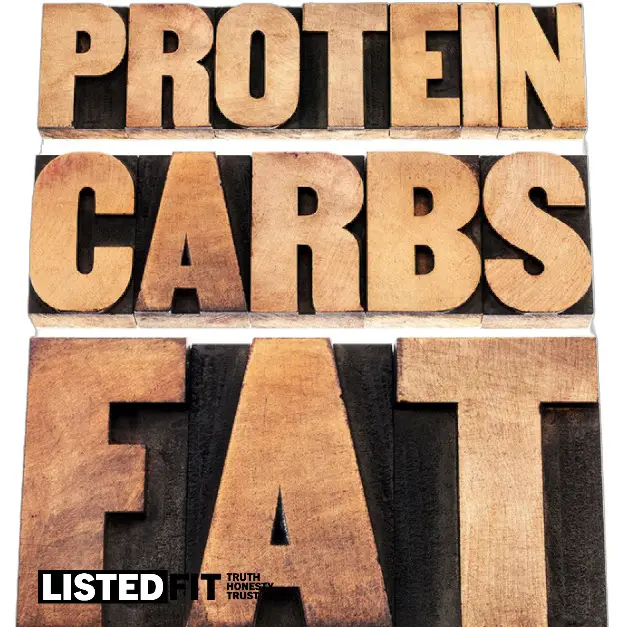
Macronutrients: For optimal muscle growth and fat loss, maintain a balanced macronutrient ratio comprising protein, carbohydrates, and fats. As a rule of thumb, aim for:
- Protein: Consume approximately 1.6 to 2.2 grams of protein per kilogram of body weight daily. This helps in the recovery and growth of your muscles.
- Carbohydrates: Moderate to high carbohydrate intake is essential to provide energy for your workouts and daily activities.
- Fats: Don’t neglect healthy fats, which are vital for hormone production and overall health. Include sources like avocados, nuts, fish, and olive oil in your diet.
To ensure your nutritional needs are met, incorporate a variety of nutrient-dense foods into your meals.
Include lean proteins, whole grains, fruits, vegetables, and healthy fats to support muscle growth, boost your immune system, and help maintain a healthy body-fat percentage.
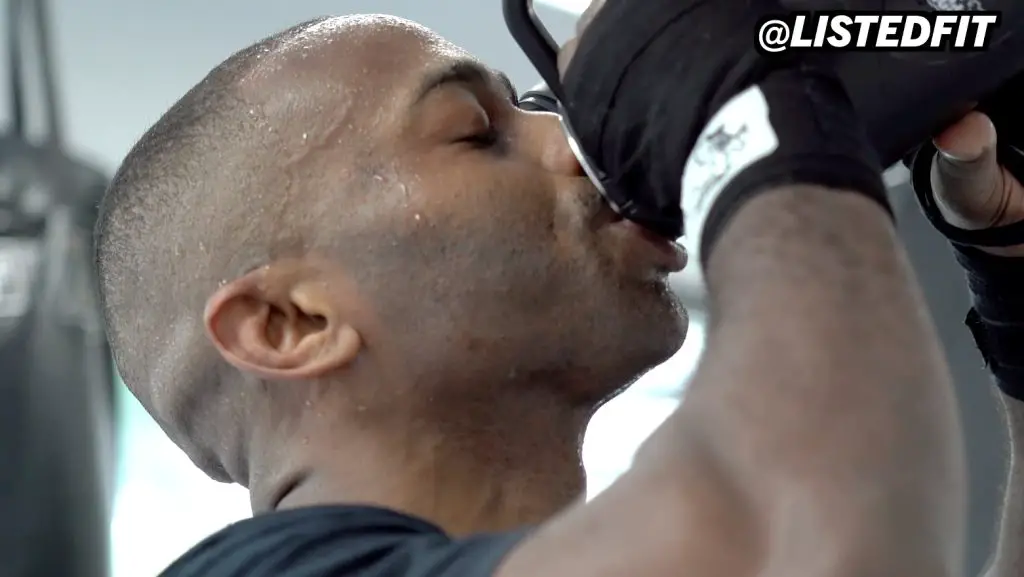
Hydration: Don’t forget to keep yourself well-hydrated. Adequate water intake can aid digestion, and nutrient absorption, and improve overall physical performance.
Aim to drink at least 2 to 3 litres of water per day, depending on your body weight and activity levels.
Cardio and Fat Loss
To achieve a V-shaped body, it’s essential to focus on cardio and fat loss. Regular cardio workouts help burn calories, reduce body fat, and improve overall fitness. By shedding excess body fat, you will be able to reveal the defined muscles underneath, thus achieving a sleek V-shape appearance.
Cardio workouts should be dynamic and adjusted according to your goals and fitness level. Aim for at least 30 minutes of cardio exercise, three to five times a week. Some effective cardio workouts include running, cycling, swimming, or high-intensity interval training (HIIT). Remember to mix it up and keep your workouts enjoyable to stay committed.
In addition to cardio, strength training is vital to tone and build muscle for a well-defined V-shape. The combination of resistance exercises with cardio will provide faster results, shaping your body into the desired V-shape. Focus on exercises targeting the shoulders, back, and core muscles, while not neglecting your lower body as well.

To optimise fat loss, pay attention to your diet. Eating a well-balanced diet high in lean proteins, whole grains, fruits, and vegetables will provide your body with essential nutrients to support muscle growth and recovery.
Keep track of your calorie intake and aim for a slight caloric deficit to promote steady fat loss without sacrificing muscle mass. Use an app like Fat Secret to track your meals and calories if you need it.
Avoid processed foods and refined sugars to keep your body fueled with high-quality nutrients.
Finally, pay attention to your lifestyle habits. Often overlooked but getting enough sleep and managing stress plays a significant role in overall health, fitness, and body weight maintenance.
Many times people who struggle to add muscle, lose weight or just generally feel good about themselves don’t realise how important the amount of sleep they get is.
Ensure you get 7 to 9 hours of quality sleep each night to support your body’s recovery and metabolism.
Designing a V-Shape Workout Plan for Beginners
When designing a V-shape workout plan, the main areas you’ll focus on are the shoulders, back muscles, and reducing belly fat. To achieve the desired V-shape, it’s essential to incorporate a balanced workout program that targets these specific muscle groups.
Before starting your workout plan, ensure that you have the necessary equipment such as barbells, dumbbells, cables, and machines.
Additionally, maintain a schedule that incorporates 3-5 workout sessions per week, with each session lasting between 45-60 minutes, to provide optimal results.
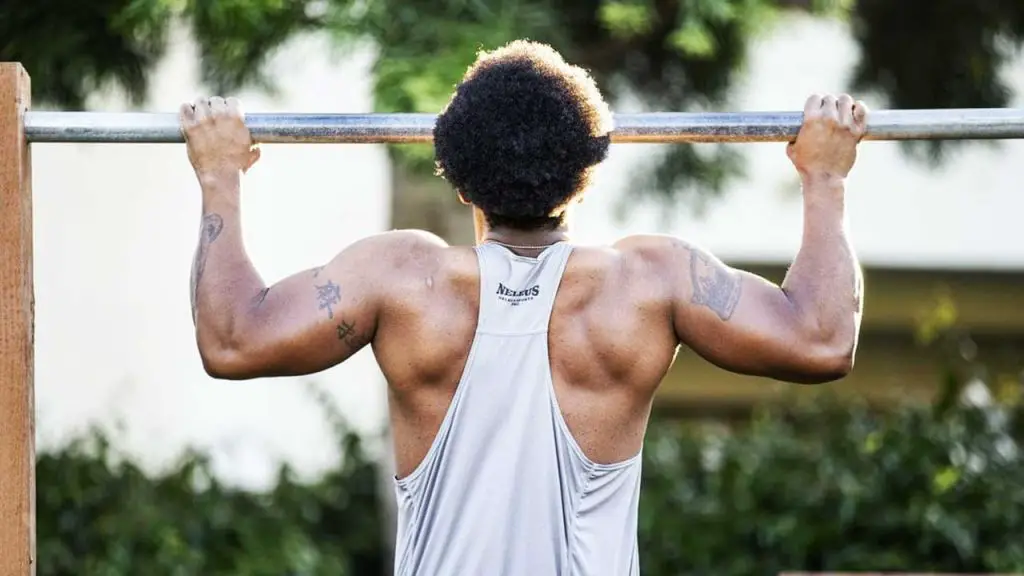
Recommended Reps and Sets for V-Shaped Torso Workouts
Here are three workout plans that can help a person achieve a V-shaped torso, along with their recommended sets and reps:
- 5×5 Workout Program: I highly recommend starting with the 5×5 workout program involves performing five sets of five reps for each exercise.
The program focuses on compound exercises such as squats, deadlifts, and bench presses to build overall strength and muscle mass. - 3×8-10 Workout Program: This workout program involves performing three sets of eight to ten reps for each exercise.
- 4×12-15 Workout Program: This workout program involves performing four sets of twelve to fifteen reps for each exercise.
Conclusion – How to Get V Shape Body
In order to achieve a V-shaped body, you need to focus on developing broader shoulders, a wider and thicker back, and maintaining a slim waistline.
This can not only result in an attractive physique but can also contribute to improved health and increased confidence.
Incorporate targeted exercises into your routine, such as working on your lats, and performing hanging leg raises to develop those V-cut abs.
Also, remember to maintain a balanced diet and incorporate cardiovascular exercises to keep body fat in check, particularly around the belly area.
By being consistent and disciplined with your workout routine, you will eventually witness the transformation of your body.
Achieving a V-shaped body not only helps you look incredible, but it can also boost your confidence.
Always listen to your body and adjust your workouts accordingly to ensure steady progress without injury.
Embrace the journey towards a V-shaped body, and enjoy its numerous benefits, including increased health, confidence, and satisfaction in your fitness accomplishments.
Frequently Asked Questions
What are the best exercises for a V-taper physique?
The best exercises for a V-taper physique focus on strengthening and building your latissimus dorsi (lats) muscles, shoulders, and core.
Some effective exercises include pull-ups, bent-over rows, dumbbell overhead presses, and lat pulldowns.
Incorporating these exercises into your workout routines can help you achieve the desired V-shaped upper body.
How can I achieve a V-shaped waist?
Achieving a V-shaped waist primarily involves reducing body fat around the abdomen.
Incorporate a combination of cardiovascular exercise, strength training, and a healthy, well-balanced diet with appropriate calorie intake.
Additionally, exercises targeting the obliques, such as Russian twists and side planks, can help sculpt your waist and create a V-shaped appearance.
Which workouts should I focus on for V-shaped abs?
For well-defined, V-shaped abs, focus on core exercises that target the lower abdominal and oblique muscles.
These exercises include hanging leg raises, bicycle crunches, and reverse crunches.
Make sure to incorporate these exercises into your overall workout routine and maintain a consistent training programme.
What exercises are effective for V-shaped back development?
To develop a V-shaped back, you should primarily work on your lats, as they contribute significantly to your upper body width.
Some effective exercises for a V-shaped back include pull-ups, lat pulldowns, bent-over rows, and seated cable rows.
It’s also essential to include some lower-back exercises like deadlifts and back extensions to maintain overall strength and balance.
Are V-shaped shoulders achievable for females?
Absolutely yes, V-shaped shoulders are achievable for women. While genetics will determine the natural shape of your shoulders, you can still work on developing the deltoid muscles through exercises like dumbbell side raises, overhead presses, and lateral raises.
Performing these exercises consistently, along with a well-balanced diet, can help in creating that V-shaped shoulder appearance.
Is a V-shaped body determined by genetics?
While genetics plays a significant role in determining your natural body shape, you can still work towards achieving a V-shaped body by focusing on exercises that target the lats, shoulders, and core muscles.
Proper nutrition and a consistent workout routine can also contribute to the overall development of the desired V-shaped physique.
Remember, consistency and dedication are crucial in achieving your fitness goals.
Author
- Danny Loeb is a qualified Personal Trainer, Fitness Model and Writer. He enjoys blogging about health and fitness, messing around with Photoshop, and sharing his experiences with everyone.
Latest entries
 NutritionFebruary 6, 2024What Are Fillers in Supplements? – Unveiling Inactive Ingredients
NutritionFebruary 6, 2024What Are Fillers in Supplements? – Unveiling Inactive Ingredients FitnessAugust 23, 2023Best Post-Workout Foods: Great Ideas for Recovery and Results
FitnessAugust 23, 2023Best Post-Workout Foods: Great Ideas for Recovery and Results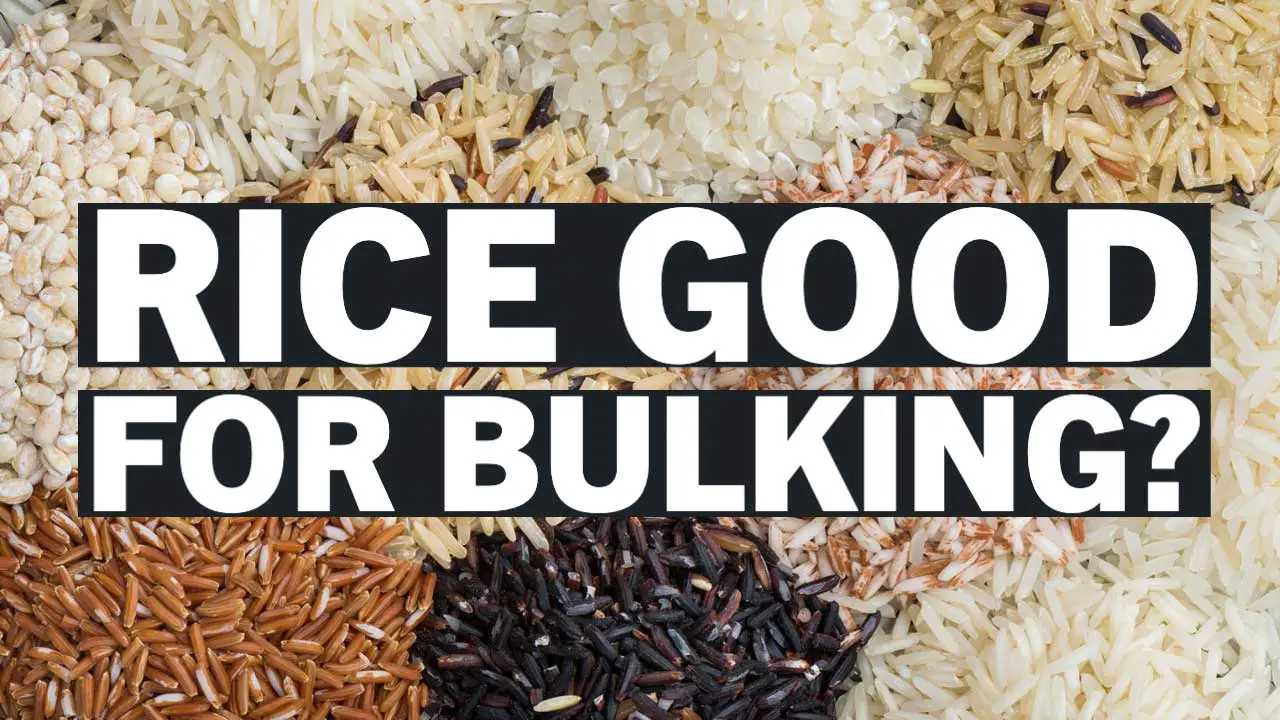 BulkingJuly 26, 2023Is Rice Good for Bulking? Unveiling the Truth
BulkingJuly 26, 2023Is Rice Good for Bulking? Unveiling the Truth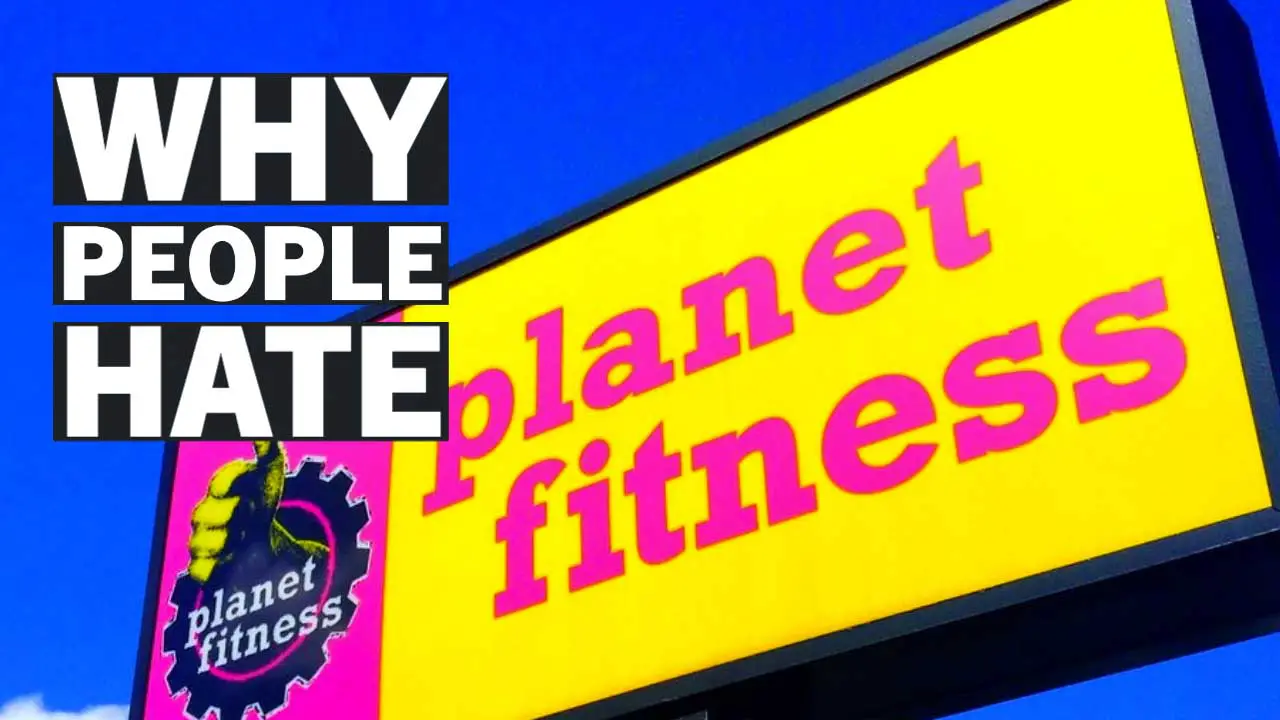 CultureJuly 15, 2023Why Do People Hate Planet Fitness? Read This Before You Join!
CultureJuly 15, 2023Why Do People Hate Planet Fitness? Read This Before You Join!
Affiliates:
This post may contain affiliate links that at no additional cost to you, the site may earn a small commission. We only recommend products we would use ourselves and all opinions expressed on this site are our own.
General Advice:
The information provided in this article is for general informational purposes only. It is not intended as a substitute for professional advice. Always consult with a qualified healthcare professional before starting any new diet, exercise program, or making changes to your health routine.
Accuracy Advice:
While we strive to provide up-to-date and accurate information, the content in this article may not reflect the most current research or medical guidelines. We encourage readers to do further research and consult with professionals for more personalized advice.
Our Recommendations:
The products and services mentioned in any of our articles are recommended based on our independent research and personal experience. We are not sponsored by any company. We aim to suggest products and services we believe are of high quality and could be beneficial to our readers.

